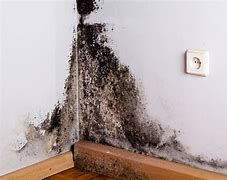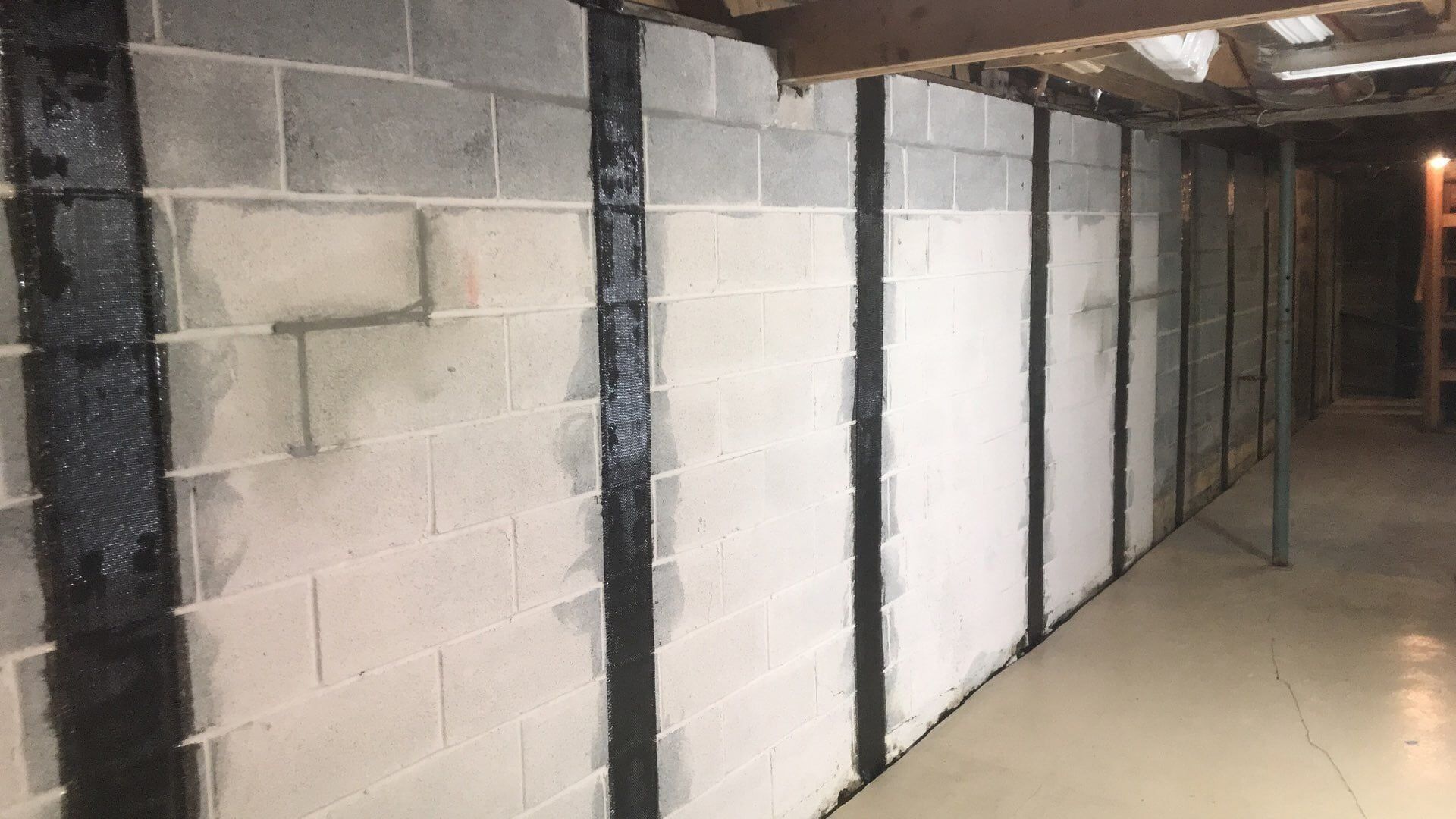Wet Basement Solutions
Wet Basement Solutions: Complete Guide to Fixing and Preventing Water Problems
A wet basement isn’t just an inconvenience—it’s a ticking time bomb that can destroy your home’s foundation and your family’s health. Whether you’re dealing with minor dampness or standing water after heavy rain, basement moisture problems affect millions of homeowners and can lead to thousands of dollars in damage if left untreated.
The good news? Most wet basement solutions are entirely manageable with the right approach. From emergency water removal to comprehensive waterproofing systems, this guide covers everything you need to know to keep your basement dry and protect your investment.
Key Takeaways
- Wet basements are commonly caused by poor drainage, groundwater seepage, and condensation issues
- Quick action with dehumidifiers, fans, and water removal prevents mold growth and structural damage
- Long-term solutions include proper grading, sump pump installation, and waterproofing systems
- DIY fixes like sealing cracks and improving ventilation can address minor moisture problems
- Professional waterproofing may be necessary for severe water intrusion or recurring issues
- Prevention through regular maintenance and proper drainage saves costly repairs
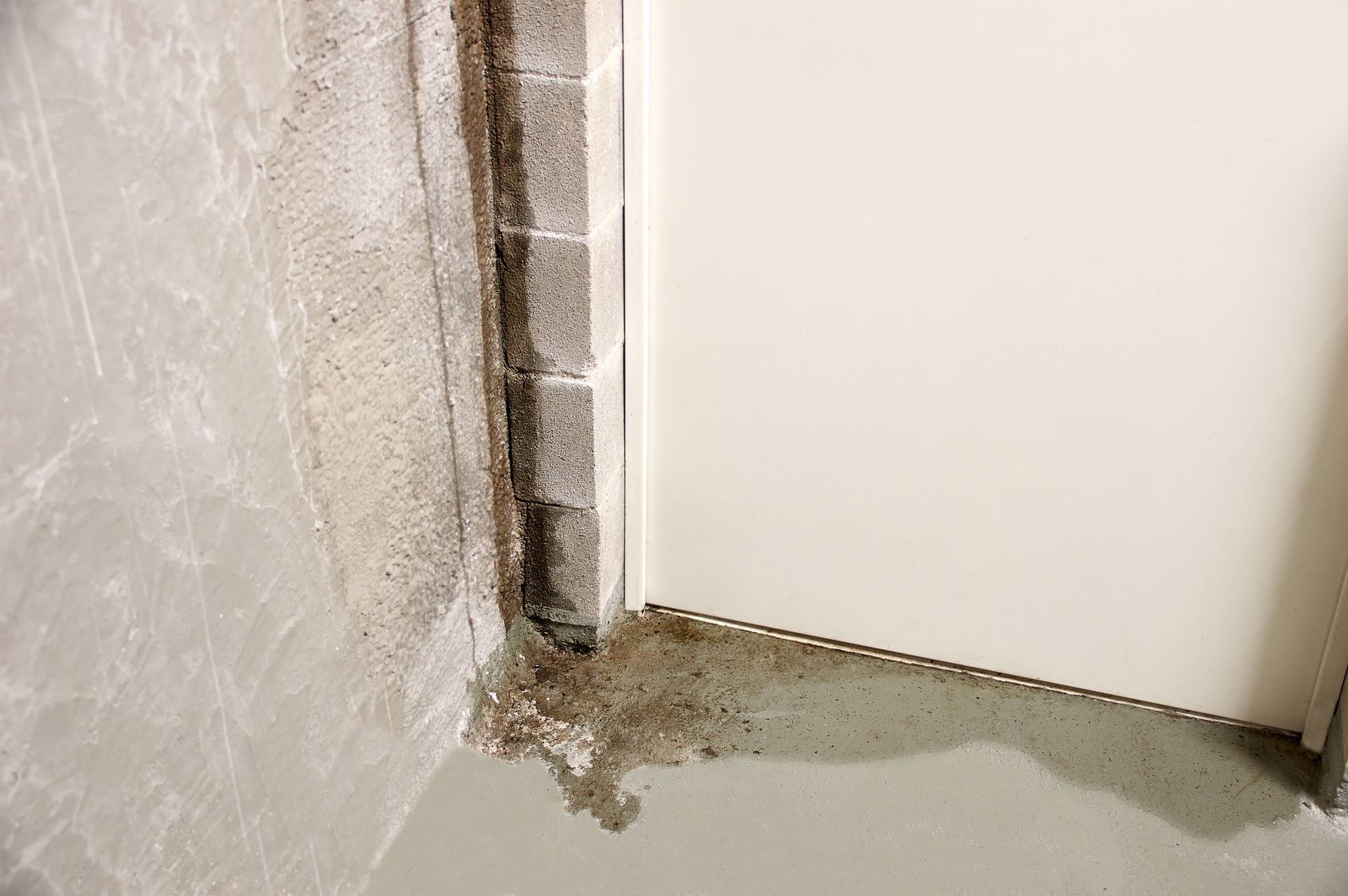
Identifying Signs of Basement Moisture Problems
Early detection of basement moisture issues can save you thousands in repairs and prevent serious health hazards. The EPA warns that mold growth can begin within just 24-48 hours of water intrusion, making quick identification crucial.
Visual Warning Signs:
- Water stains on basement walls or floors are among the most obvious indicators of moisture problems. These brown or dark marks typically appear along the foundation wall where water has previously seeped through cracks or pooled on the basement floor. Even if the area appears dry now, these stains reveal a history of water infiltration that will likely recur.
- White chalky deposits (efflorescence) appear when water evaporates and leaves behind mineral deposits from concrete or masonry. This crystalline residue on foundation walls indicates that moisture is regularly penetrating your basement walls and bringing dissolved minerals to the surface.
- Peeling paint or wallpaper occurs when moisture gets trapped behind wall surfaces. If you notice bubbling, cracking, or peeling finishes in your basement, it’s often a sign of chronic dampness that needs immediate attention.
- Sensory Indicators
- Musty odors are one of the earliest warning signs of basement moisture problems. This distinctive smell typically indicates mold or mildew growth in areas where dampness persists. Even if you can’t see visible mold, that musty scent means spores are likely multiplying in hidden areas.
- Condensation on windows, pipes, or cool surfaces during humid weather suggests your basement’s humidity levels are too high. When warm, moist air contacts cool basement walls or metal fixtures, water droplets form—creating ideal conditions for mold growth.
- Rust on metal fixtures, appliances, or stored items in basement areas indicates prolonged exposure to moisture. This oxidation process accelerates in damp environments and serves as a reliable indicator of humidity problems.
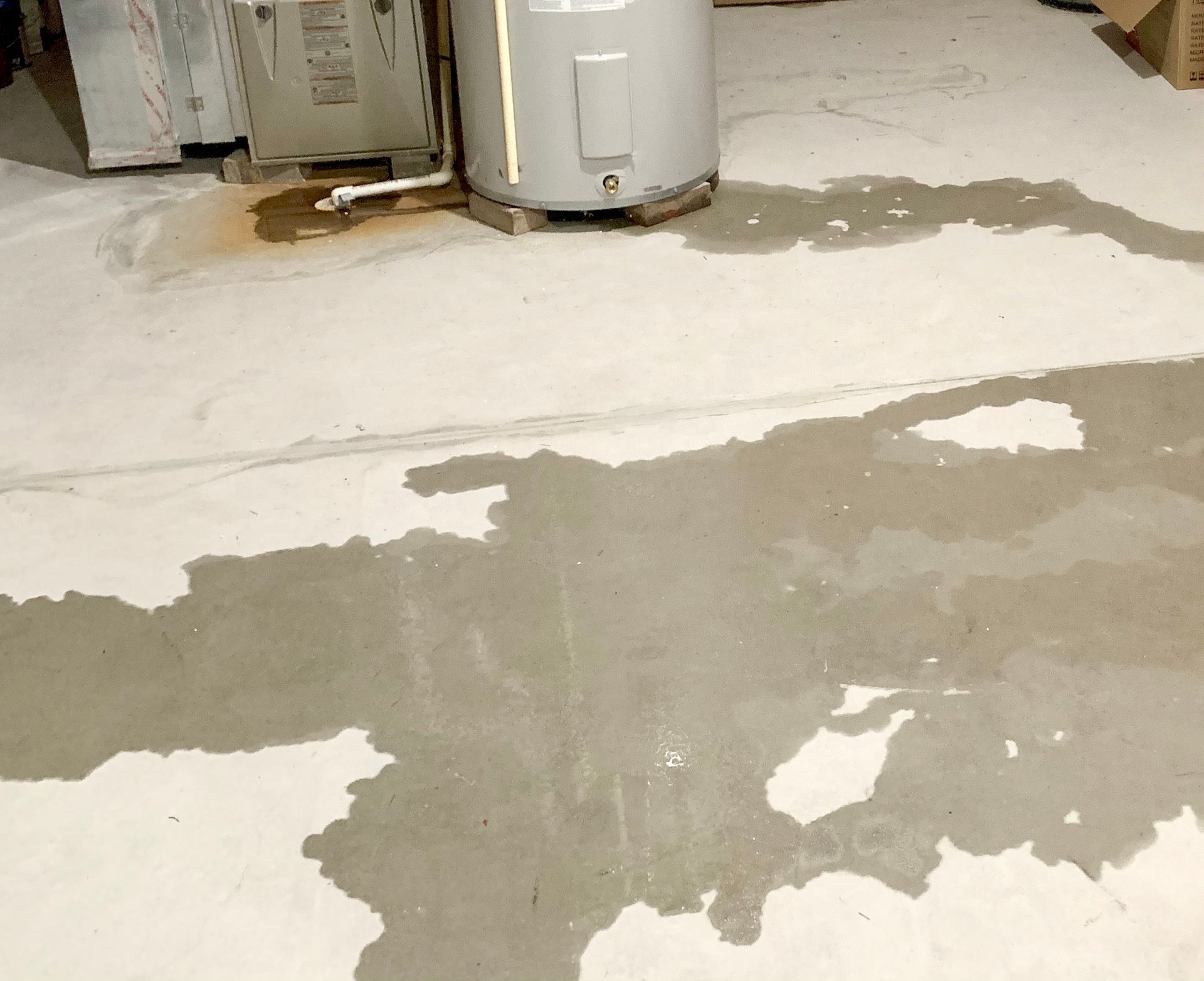
Understanding the Root Causes of Wet Basements
- Effective wet basement solutions start with identifying why water is entering your space. Most basement moisture issues stem from three primary sources: poor exterior drainage, groundwater seepage, and interior humidity problems.
- Poor Exterior Drainage
- Improper grading ranks as the leading cause of basement water problems. When soil slopes toward your foundation instead of away from the house, every rainfall and snow melt event drives water directly against your basement walls. The ground should drop at least 8 inches over the first two feet from your foundation to create proper water flow away from the structure.
- Clogged gutters compound drainage problems by allowing roof water to overflow directly onto foundation walls. When gutters fill with leaves and debris, they can’t direct water away from your home’s foundation effectively. This concentrated water flow increases hydrostatic pressure against basement walls and significantly raises the risk of water infiltration.
- Downspouts discharging too close to basement walls (less than 4 feet) create localized flooding around your foundation. Even properly functioning gutters become problematic when downspouts deposit roof water directly beside the house. For chronic drainage problems, extending downspouts 20+ feet with underground piping provides the most effective solution.
- Patios, driveways, or walkways sloping toward the foundation can inadvertently funnel water toward basement walls. These hardscaping elements should slope away from the house to prevent water accumulation. Additionally, broken or missing gutters eliminate your primary defense against roof water, allowing it to pool near the foundation during every storm.
- Groundwater and Seepage Issues
- High water table conditions create hydrostatic pressure that forces groundwater through foundation walls and floors. This pressure intensifies during seasonal groundwater fluctuations from spring snow melt or periods of heavy rain. Basements built below the natural water table face constant pressure from surrounding groundwater seeking entry through any available opening.
- Cracks in foundation walls provide direct pathways for water penetration from surrounding soil. These openings may result from normal settling, freeze-thaw cycles, or excessive hydrostatic pressure. Even hairline cracks can allow significant water entry over time, often appearing as streaks or stains near the foundation wall base.
- Failed or absent drain tile systems around the foundation perimeter eliminate your primary defense against subsurface water. These French drain systems are specifically designed to intercept groundwater before it reaches foundation walls, but they can become clogged with sediment or damaged over years of service.
- Underground springs or water sources affecting basement floor areas can create persistent moisture problems that standard drainage solutions cannot address. These natural water features may not be apparent during dry periods but can cause significant flooding during wet seasons.
- Interior Humidity and Condensation
- Warm humid air contacting cool basement walls and floors creates condensation that raises moisture levels throughout the space. This phenomenon occurs naturally as ground temperatures remain relatively constant while air temperatures fluctuate with seasons and weather patterns.
- Poor ventilation prevents moisture from escaping basement spaces, allowing humidity to build up over time. Without adequate air circulation, even minor moisture sources can create significant humidity problems.
- Unvented clothes dryers add substantial humidity to basement air with every load. A single load of laundry can release several gallons of water vapor into your basement if the dryer isn’t properly vented to the outdoors.
- Shower or bathroom activities without proper exhaust ventilation introduce large amounts of moisture that can migrate throughout the basement. Water heater and HVAC equipment can also produce condensation when cold water lines contact warm, humid air.
Immediate Solutions for Drying a Wet Basement
- When you discover water in your basement, swift action prevents minor problems from becoming major disasters. The 24-48 hour window before mold growth begins is critical for effective emergency response.
- Emergency Water Removal
- Standing water removal requires different approaches depending on the volume involved. For water depths exceeding 2 inches, submersible pumps provide the most efficient removal method. These pumps can handle large volumes quickly and continue operating even when partially submerged.
- Wet/dry vacuums work effectively for smaller water volumes and final cleanup after pump removal. They’re particularly useful for extracting water from carpeting and reaching areas where pumps cannot access.
- Industrial-grade fans accelerate evaporation by increasing air circulation across wet surfaces. Position multiple fans to create cross-ventilation patterns that maximize air movement throughout the basement. This air circulation prevents moisture from settling in corners and hidden areas where mold typically begins growing.
- Commercial dehumidifiers rated for 70+ pints per day rapidly reduce ambient humidity levels. These units are significantly more powerful than residential models and can extract moisture from both the air and surrounding materials. Run dehumidifiers continuously until humidity drops below 50%.
- Remove wet carpeting, furniture, and stored items within 24-48 hours to prevent permanent damage and mold growth. Porous materials like carpet padding and cardboard absorb water quickly and become breeding grounds for mold if not removed promptly.
- Humidity Control Measures
- Maintain basement humidity levels below 50% using hygrometer monitoring. This target humidity prevents condensation formation and creates conditions unfavorable for mold growth. Monitor humidity continuously during the drying process to ensure levels remain consistently low.
- Open basement windows during dry weather to improve natural ventilation when outdoor humidity is lower than indoor levels. This free air exchange helps remove excess moisture without additional equipment costs.
- Install temporary exhaust fans in basement windows to remove moist air more effectively than passive ventilation alone. These fans create negative pressure that draws humid air out while allowing drier air to enter through other openings.
- Use space heaters carefully to warm basement air and reduce relative humidity through temperature increase. Warmer air holds more moisture before reaching saturation, effectively reducing condensation on cold surfaces. However, ensure adequate ventilation when using fuel-burning heaters to prevent carbon monoxide buildup.
- Apply quick-drying waterproof sealers to stop active leaks temporarily while planning permanent solutions. These emergency sealers provide immediate relief but should not be considered long-term fixes for serious water intrusion problems.
- Long-Term Waterproofing Solutions
- Permanent wet basement solutions address root causes rather than just symptoms. These comprehensive approaches provide lasting protection against water damage and create healthy basement environments.
- Exterior Drainage Improvements
- Proper grading forms the foundation of effective basement waterproofing. Regrade soil to create at least an 8-inch drop over the first 2 feet from your foundation. This slope ensures surface water flows away from basement walls instead of pooling against them. The investment in proper grading often eliminates the need for more expensive waterproofing measures.
- Downspout extensions should direct water 4-6 feet minimum from the house, with 20+ feet preferred for properties with recurring drainage problems. Underground drainage pipes can carry water even farther from the foundation while maintaining landscape aesthetics. This single improvement can dramatically reduce water pressure against basement walls.
- Gutter maintenance requires quarterly cleaning and prompt repair of damaged sections. Clean gutters and downspouts ensure roof water reaches designated drainage areas instead of overflowing onto foundation walls. Missing or broken gutters create concentrated water flow that can overwhelm even well-graded soil.
- French drain systems intercept groundwater before it reaches foundation walls. These subsurface trenches containing perforated pipes encased in gravel provide a pathway for water to flow away from your home’s foundation. Professional installation typically costs $4,000-8,000 but provides excellent long-term protection against groundwater intrusion.
- Window well drainage prevents water accumulation around basement windows, a frequent weak point in foundation waterproofing. Properly designed window wells include drainage connections to the foundation drainage system and waterproof barriers that prevent soil contact with window frames.
- Foundation Crack Repair and Sealing
- Crack injection provides permanent repairs for foundation wall openings. Polyurethane or epoxy injection systems expand within cracks to create watertight seals that flex with normal foundation movement. This professional-grade repair method costs significantly less than foundation replacement while providing long-lasting protection.
- Hydraulic cement offers an effective solution for larger cracks in basement walls or floors. This fast-setting compound expands as it cures, creating a water-stopping seal that bonds directly to concrete. While suitable for DIY application, proper surface preparation is critical for lasting results.
- Waterproof coatings like DryLok provide surface-level moisture protection for minor seepage issues. These masonry paints create vapor barriers that prevent moisture transmission through concrete but cannot address significant water pressure. Apply two coats over properly cleaned surfaces for maximum effectiveness.
- Interior perimeter drain systems manage water that penetrates foundation walls by providing collection and removal pathways. These systems involve installing drainage channels around the basement floor perimeter connected to a sump pump for water evacuation. While more expensive than surface treatments, they provide reliable protection against various water sources.
- Exterior membrane waterproofing offers maximum protection but requires significant excavation around the foundation. This process involves applying rubberized membranes directly to foundation walls after crack repair and surface preparation. Costs range from $8,000-15,000 but provide comprehensive protection against hydrostatic pressure.
- Sump Pump Installation and Maintenance
- Sump pump systems form the backbone of many basement waterproofing strategies. Install pumps in 24-inch diameter pits with gravel bases at the lowest basement point for optimal water collection. The pit depth should extend below the basement floor level to ensure gravity-fed water collection.
- Pump sizing typically requires 1/3 to 1/2 horsepower units for residential applications. Higher-capacity pumps handle greater water volumes but consume more electricity. Professional sizing calculations consider your basement size, local water table conditions, and typical rainfall patterns.
- Battery backup systems ensure continued operation during power outages that often accompany severe storms. These backup systems typically provide 8-12 hours of operation and can mean the difference between a dry basement and thousands in flood damage.
- Discharge pipe installation should direct water 20+ feet from the foundation to prevent recirculation. Buried discharge lines work well but require proper depth to prevent freezing. Include check valves to prevent water backflow when the pump cycles off.
- Regular maintenance includes monthly testing by pouring water into the sump pit and annual inspection of all system components. Replace sump pumps every 7-10 years as preventive maintenance, even if they appear to function normally.
- DIY Basement Waterproofing Methods
- Many effective basement waterproofing solutions fall within typical homeowner capabilities. These DIY approaches can address minor to moderate moisture problems while building skills for future maintenance.
- Interior Wall Treatment
- Surface preparation begins with thorough cleaning using wire brushes and trisodium phosphate (TSP) solution to remove dirt, oils, and loose material. Proper preparation ensures maximum adhesion for waterproof coatings and prevents premature failure.
- Masonry waterproof paint application like UGL DryLok provides moisture barriers for minor seepage issues. Apply two coats according to manufacturer specifications, allowing proper drying time between applications. These coatings cost $160-200 per 5-gallon bucket covering approximately 300 square feet.
- Basement wall panels or insulation with vapor barriers create moisture-resistant finished surfaces while providing insulation value. These systems work best when combined with humidity control measures to prevent condensation behind the panels.
- Year-round humidity control using electric dehumidifiers maintains optimal moisture levels. Units costing $200-800 provide different capacities and features, with larger basements requiring higher-capacity units. Dehumidifying crystals offer temporary, low-tech solutions for minor humidity problems.
- Window and door sealing with weatherstripping and caulk reduces moisture infiltration from outside air. Focus on basement windows, doors, and any penetrations where pipes or utilities enter the basement space.
- Ventilation System Upgrades
- Exhaust fan installation in basement bathrooms should vent directly outside rather than into the basement space. These fans remove moisture at the source before it can spread throughout the basement area.
- Window fan systems create cross-ventilation during favorable weather conditions when outdoor humidity is lower than basement humidity. Coordinate intake and exhaust fans to maximize air exchange rates.
- Clothes dryer venting must connect properly to exterior vents to prevent indoor humidity buildup. Inspect vent connections regularly and clean lint buildup that can restrict airflow and reduce drying efficiency.
- Whole-house ventilation systems with basement air exchange provide continuous moisture control for larger homes. These systems balance incoming and outgoing air while filtering and conditioning the air supply.
- Foundation vents in crawl spaces promote continuous air circulation that prevents moisture accumulation. However, these vents may require seasonal adjustment or closure in some climate conditions.
- Professional Waterproofing Services
- Complex or persistent moisture problems often require professional expertise and equipment beyond typical homeowner capabilities. Understanding professional services helps you make informed decisions about when to call experts.
- Interior Waterproofing Systems
- Perimeter drain installation involves cutting channels around the basement floor perimeter and installing perforated pipes that collect water before it enters living spaces. These systems connect to sump pumps for automatic water removal and typically cost $3,000-8,000 for average basements.
- Professional crack injection uses specialized equipment and materials to permanently seal foundation wall openings. Polyurethane or epoxy injection creates flexible seals that accommodate normal foundation movement while preventing water penetration.
- Interior wall membrane systems combine drainage channels with vapor barriers to manage both bulk water and moisture vapor. These comprehensive systems route water to collection points while preventing humidity problems.
- Basement floor treatments address water rising through concrete slabs using specialized sealers and moisture barriers. Professional slab lifting and sealing provide solutions for settlement-related water entry.
- Vapor barrier installation with proper moisture management creates controlled environments that prevent condensation and mold growth. Professional systems include drainage provisions that handle any moisture that penetrates the barrier.
- Exterior Excavation and Waterproofing
- Foundation excavation exposes exterior walls for comprehensive treatment including crack repair, cleaning, and membrane application. This invasive process requires professional equipment and expertise but provides maximum protection against water intrusion.
- Rubberized membrane application over cleaned foundation surfaces creates impermeable barriers against hydrostatic pressure. These professional-grade materials and application techniques provide long-term protection with proper installation.
- Exterior drain tile installation around the foundation perimeter intercepts groundwater before it reaches basement walls. Professional systems include proper grading, gravel bedding, and connections to drainage outlets that ensure long-term functionality.
- Foundation wall reinforcement addresses structural issues that contribute to water entry. Professional assessment and repair ensure your foundation can resist both water pressure and structural loads.
- Proper backfill and compaction complete exterior waterproofing systems by ensuring water flows away from treated areas. Professional contractors understand soil types and compaction requirements that prevent future settling and drainage problems.
